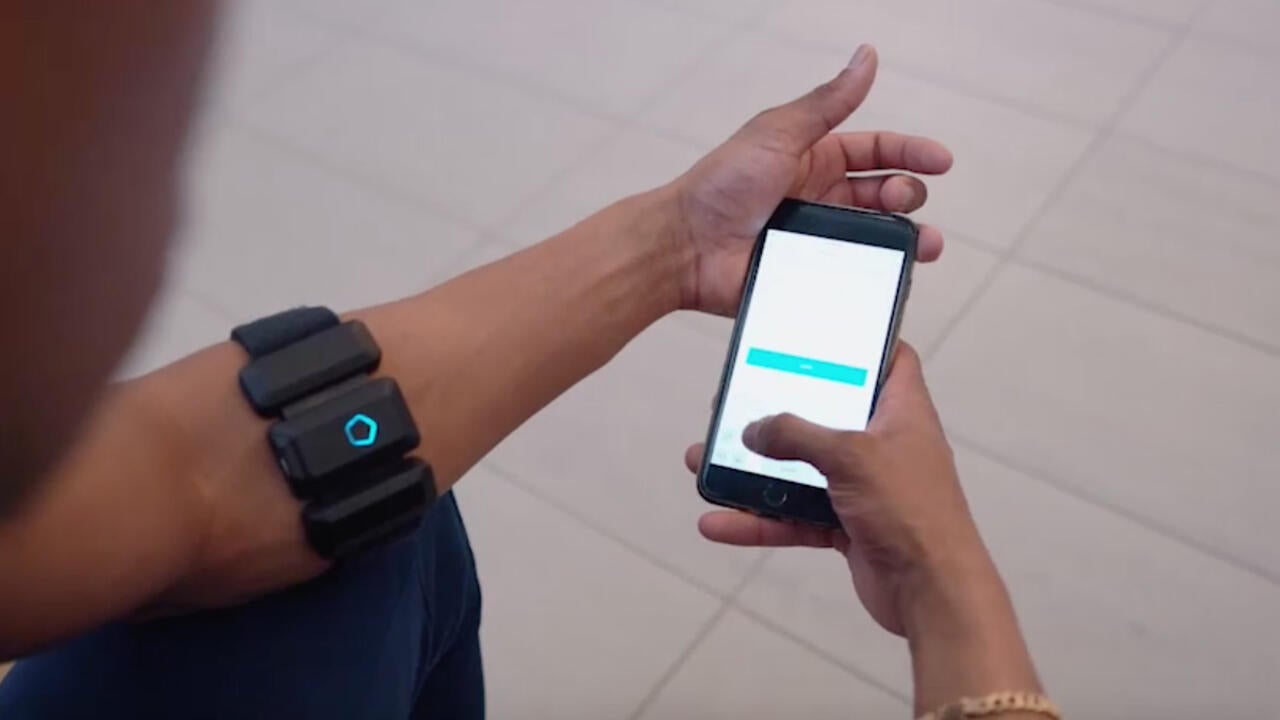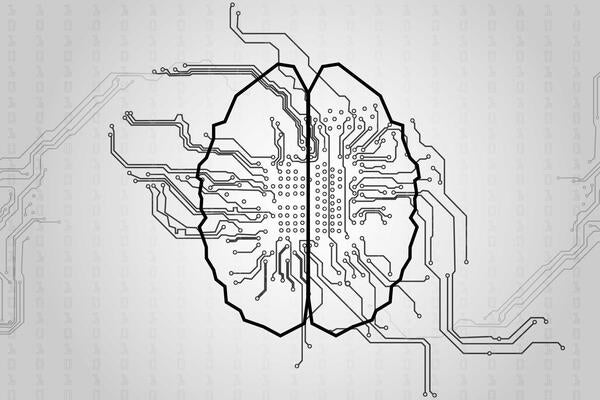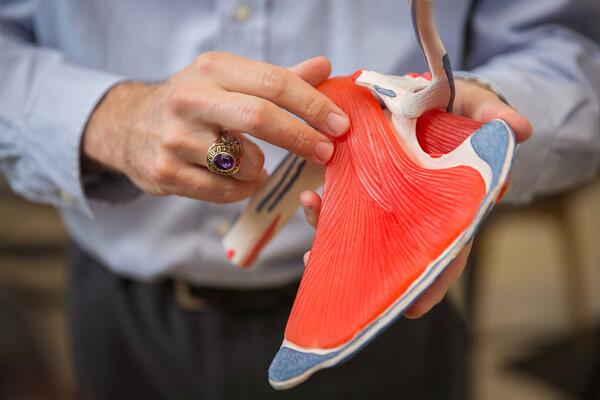
Wearable tech that speeds healing from injuries
Waterloo startup is developing a data-driven medical device that treats injuries while you wear it

Waterloo startup is developing a data-driven medical device that treats injuries while you wear it
By Rose Simone University Communications
Alexa Roeper
Co-Founder, Penta Medical > Velocity Garage
When people need physical therapy after an injury, they typically take days off work to go to physiotherapy clinics for multiple treatments. Those treatments can be expensive if the therapy isn’t covered by insurance, and time lag between appointments can be frustrating in terms of lost time and slower healing.
But an emerging trend in medicine is to take treatment out of the clinic and make it mobile.
A company in that field is Penta Medical, a startup founded by Alexa Roeper and Daniel Choi, who have created a wearable laser therapy device called Helios.
“Ours is a company with a vision of creating safe, non-invasive devices that can give clinical levels of care at home,” Roeper says.
Roeper, who has studied biomedical sciences at the University of Waterloo, was frustrated with the lag between medical appointments when she herself broke a bone in her foot a few years ago. She wanted to get on with the healing process so she could get back to her sport of competitive horseback riding.
That’s what got her thinking about wearable medical devices. She hit upon notion of creating a software-enabled, lightweight, wearable laser therapy device. She wanted to create something that people could just strap on while they go about with their day, and have it deliver the healing therapy and monitor the individual as it is worn.
Penta Medical, which is operating out of the University of Waterloo’s Velocity Garage, now has working prototypes of such a device.
Roeper says laser therapy is something that has been in use for about 30 years. The therapy in clinics is FDA approved and studies have indicated that it can stimulate metabolism at the cellular level to promote healing as well as increase the blood circulation, reduce inflammation and pain.
In clinics, laser therapy is used on people who have lower back pain and injuries such sprains, strains, ligament damage and tendonitis.
Roeper teamed up with Choi, a Waterloo mechatronics engineering alumnus, who designed the hardware. They also employed a developer to make device software and an app to monitor the healing process.
The device looks like an adjustable armband that can be strapped to any part of the body needing the therapy. It is light and mobile, but made to match the laser therapy that one might get at a physiotherapy clinic.
There are other at-home laser therapy devices out on the market but Roeper says the quality of the Helios device, as well as the software and the fact that is easily wearable is what distinguishes it from other devices.
Each injury heals differently and the software allows it to provide feedback so that the settings of the therapy can be adjusted for each person, Roeper says.
Since this is already an approved therapy that has been shown to be risk free, she is confident the device should be able to pass the regulatory requirements for FDA approval in the near future. Meanwhile, Penta Medical is running pilot projects with major professional sports teams
Eventually, Penta Medical has its sights set on using this mobile, data driven system to improve other areas of physical care, including eye health and aging.

Read more
The magic of telepathy: Waterloo research team is working on tech that reads brain signals of people who are paralyzed

Read more
From rural India to Waterloo: how a woman's fearless pursuit of higher education led to an engineering professorship in Canada

Read more
Waterloo researchers interpret shoulder injury risk for a whole population of workers — from automotive to utility and telecommunications workers
The University of Waterloo acknowledges that much of our work takes place on the traditional territory of the Neutral, Anishinaabeg and Haudenosaunee peoples. Our main campus is situated on the Haldimand Tract, the land granted to the Six Nations that includes six miles on each side of the Grand River. Our active work toward reconciliation takes place across our campuses through research, learning, teaching, and community building, and is co-ordinated within the Office of Indigenous Relations.